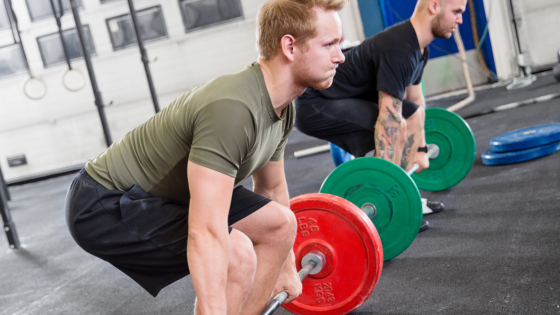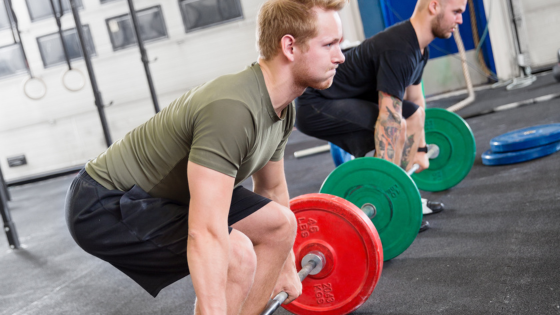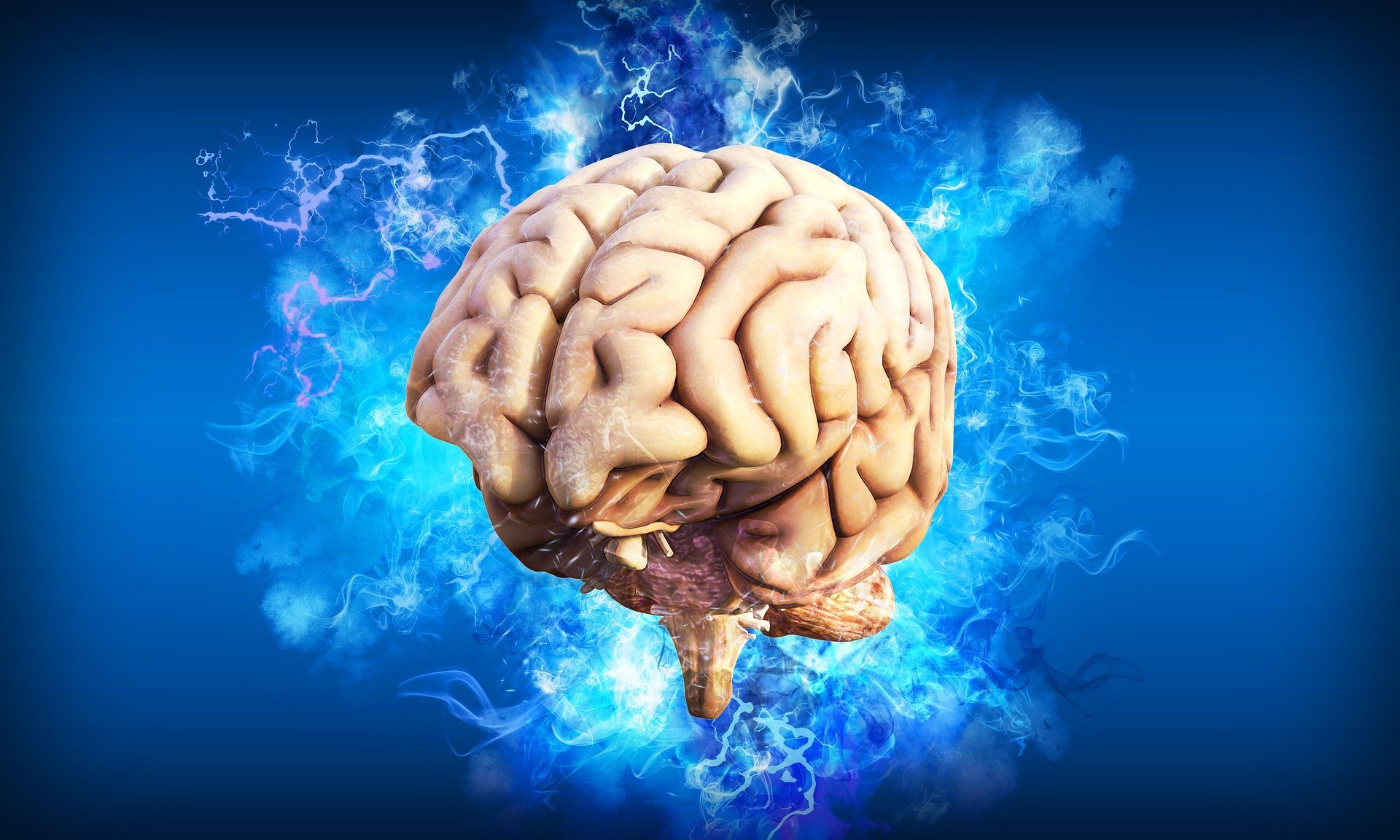

Work Out Smarter, Not Harder
A training program does need to be smart in order to produce long term gains in a safe and effective manner. A well designed program uses periodization, the manipulation of training variables (sets, reps, weight, intensity, etc.), in order to keep workouts challenging over time as you get stronger, and ensure optimal gains.

Are Jumps A Good Training Exercise?
Jumps are an excellent exercise for developing explosive power, and are absolutely essential in many athletic programs. At the same time, they have some serious drawbacks that make them less good of a fit for most other exercisers. Despite this, jumps have a popularity that seems to exceed their general usefulness, in part driven by social media.

Developing The Delts
The deltoids are an important muscle group that work in conjunction with the back, shoulders, and pectorals. They are a small muscle group and therefore they grow more slowly. Training them is a long term goal that requires patience, strict form, and more patience. The trapezius muscles (traps) are also key in developing the delts and are also difficult to isolate and train individually. There are many excercises that help specifically build up the delts and traps, but they can also be trained during your normal lifting routine. The posterior delts are the least targeted during regular training so if you want to develop the delts, make sure you focus on this area.

Paused Reps In Your Training
Pauses in reps can be very useful for building muscle mass and practicing strict form, especially when doing higher reps or exercises where you tend to zone out or speed through. Pauses at the bottom of each rep helps keep you aware of your form as well as letting your muscles re-engage for the second part of the lift. Pause reps can be a great way to add more difficulty to your workouts, but it’s best to assess each lift to see if it will be beneficial.

Is The Brain A Muscle?
Is the brain a muscle? How is the brain like a muscle, and how is it different from a muscle, and what lessons can we learn from that? What does this mean for mental and physical training?
